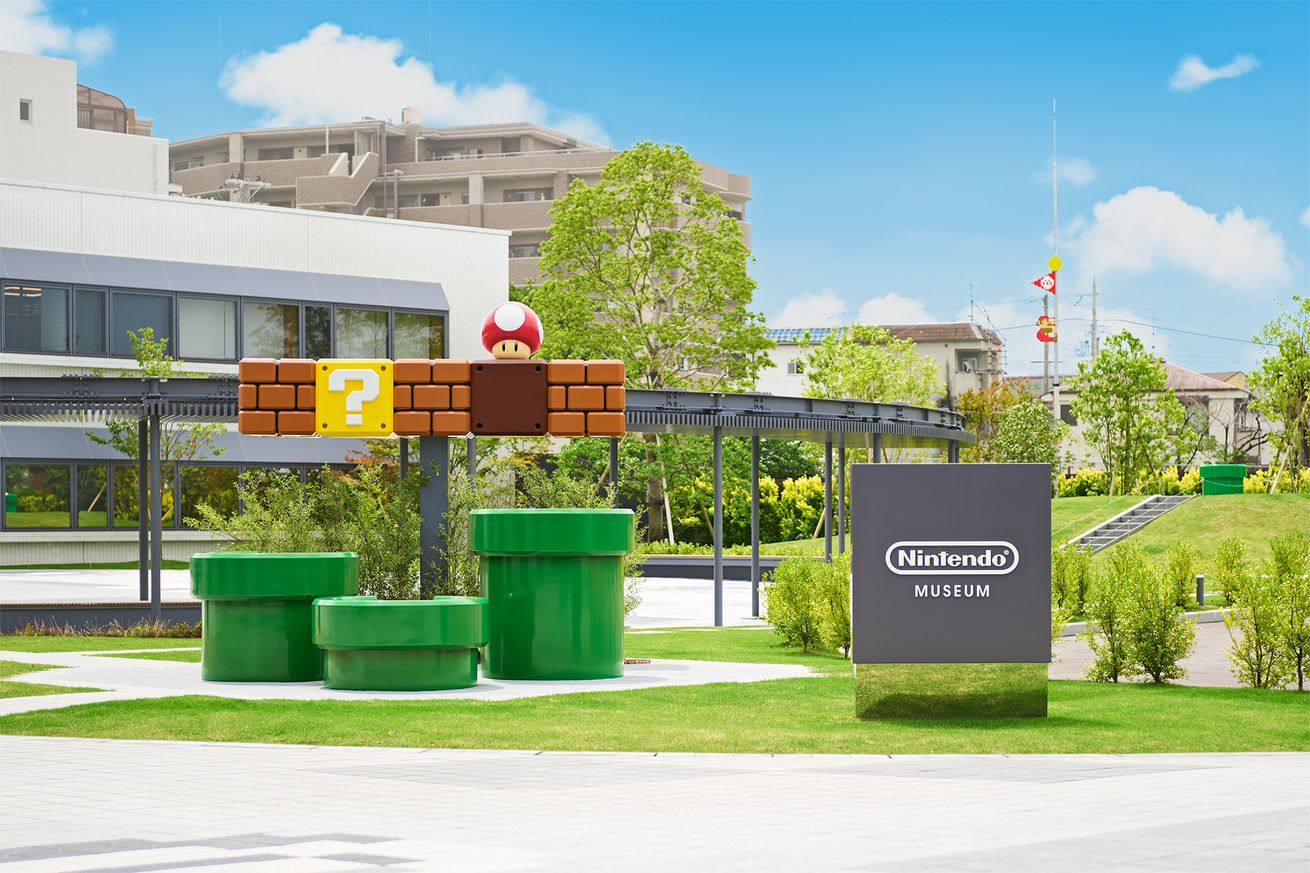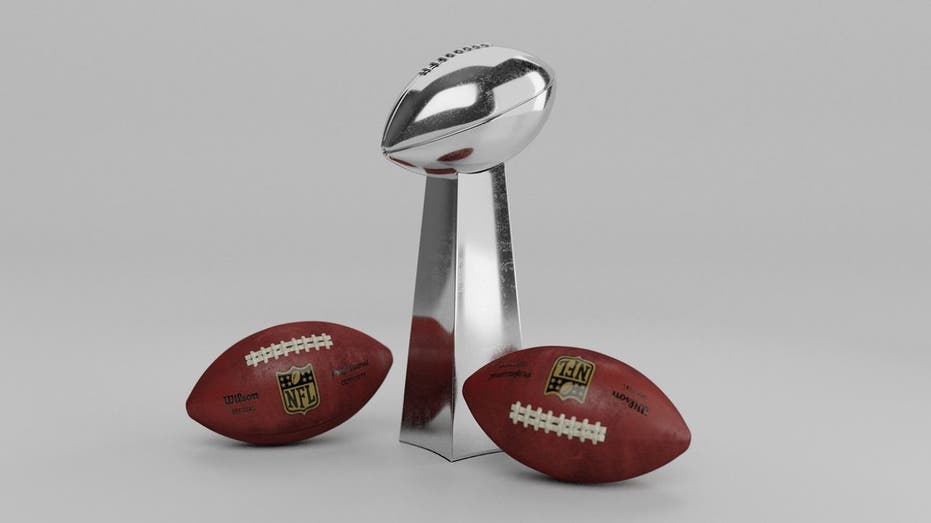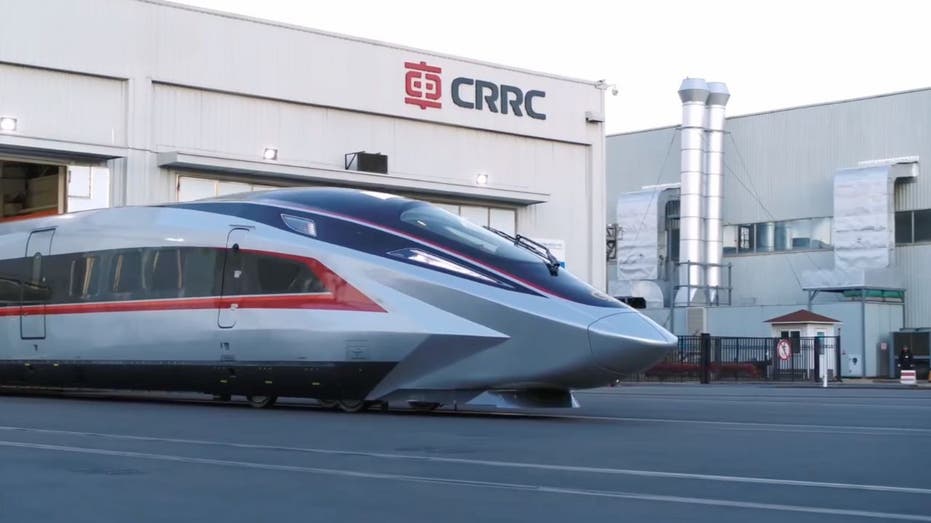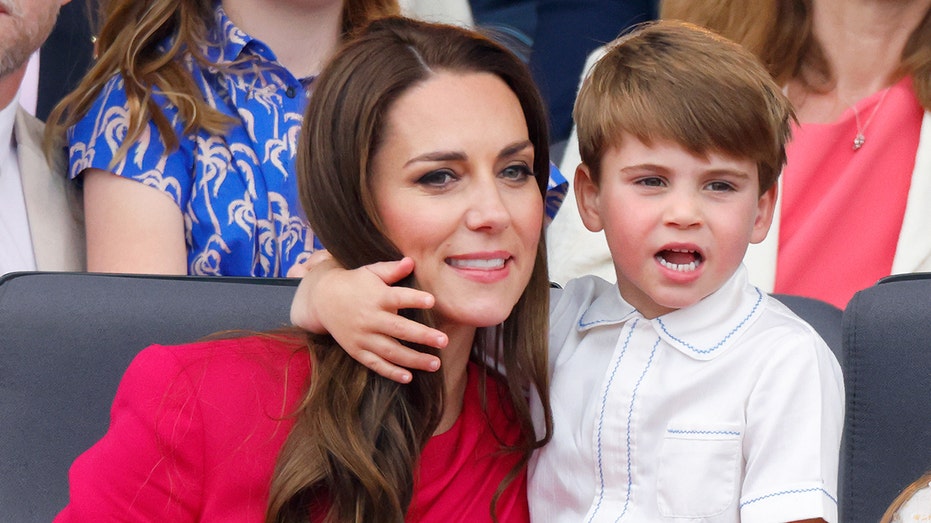- by foxnews
- 04 Feb 2025
Nintendo’s shiny new museum needs more dirt
The Nintendo Museum in Kyoto is a slick and playful trek through the company’s century-long history. But it’s lacking much in the way of revelations.
- by theverge
- 28 Sep 2024
- in technology

The inspiration for Nintendo's new museum came, at least in part, from an ongoing irritation for Shigeru Miyamoto. At a certain point every year, the Super Mario creator does a presentation for the hundred or so new staff that have joined the company. It's an attempt to explain the core of what makes Nintendo a creative force.
"I talk for two hours," Miyamoto said during a roundtable interview ahead of the museum's opening. "And after 20 years, I don't want to do it anymore."
The solution to that problem comes in the form of a two-story building that used to be a playing card manufacturing plant in Nintendo's hometown of Kyoto. It opens on October 2nd, but visiting isn't as simple as taking the train; tickets can only be reserved through a random selection process. If you do make it, though, you'll be greeted with an experience that explores more than a century of the company's history, dating back to 1889 when Nintendo got its start making hanafuda cards.
From the outside, the museum is nondescript, a bland gray structure that wouldn't look out of place in an office block. (It's not unlike Nintendo's central office, also in Kyoto.) But the playfulness becomes more apparent the closer you get. You're greeted by a series of warp pipes and floating blocks, complete with a mushroom (naturally), as you approach the entrance. Inside the door, there's a quartet of colorful Toads, along with a framed copy of Miyamoto's whimsical signature.
The main floor has something of a theme park vibe. There are a handful of interactive exhibits, each meant to be a slightly modernized take on an older Nintendo product. Nintendo once made a batting machine, for instance, so you can head into quaint Japanese-style living rooms and knock balls around. There's a version of a Game & Watch platformer where you use your shadow to help a character cross perilous gaps and a shooting range where you can wield an NES Zapper to shoot virtual paintballs at classic Super Mario enemies. The most straightforward exhibit is simply a room filled with classic games, emulated through Switch Online. Also, there's a love tester machine (another little-known early Nintendo product).
The floor's highlight is arguably a room filled with massive classic controllers so big each requires two people to play. In order to get through Super Mario Bros. using an NES controller the size of a novelty check, one player controls movement with the D-pad, while the other handles running and jumping. If you want to fly in Pilot Wings, it takes two people to lift up the jumbo-sized Wii Remote and tilt it around to pilot a plane. These experiences are fun in the way you'd expect from Nintendo, especially as it continues to refine its skills in designing physical spaces. But I can't say I learned much about the company from trying to use a huge N64 controller.
Image: Nintendo Image: Nintendo Image: Nintendo
The actual history is located one story up. As you ride the escalator, you'll hear a succession of bootup sequences from classic Nintendo consoles, queuing up a trek down memory lane. Here, the entire chronology of Nintendo is laid out in a sprawling series of products. There are those original playing cards with their beautiful floral imagery, of course, but also all kinds of products during what Nintendo retroactively calls its "age of exploration." A quick glance shows a company trying lots of ideas to find what works: there are Disney-branded board games from the '50s, and walkie-talkies and RC cars from the '60s. The company made strollers and exercise bikes and camcorders and its own version of Twister.
Then, Nintendo got into arcade games and released its first series of home systems with the Color TV-Game, and the rest, as they say, is history. After that success, Nintendo largely stopped making things like Napoleon-themed board games (I did not make that up, it's real) and firmly pivoted to video games. This is why the early part of Nintendo's story is a relatively small part of the museum, though, since it's the least-known part of the company's history, this also left me wanting more. From there, it's an impressively detailed collection spanning the hardware you know, from the Game & Watch up to the Switch. Each section features all of the iterations of the hardware, various accessories, and a collection of the most notable (at least according to Nintendo) games that were released on it, displayed in their cases from various regions.
The space is filled with oddities. There's the Panasonic Q, a version of the GameCube that could play DVDs; a pair of goggles for the original Famicom that added stereoscopic 3D to 8-bit games; and Face Training, a DS game that came with a camera so you could practice facial exercises. Some ideas felt ahead of their time (like the DS guide to the Louvre), while others were always a bad idea (like the classically cringe "keep it in your pants" ad for the Game Boy Pocket). As someone who has played Nintendo games since the NES, there were plenty of things I had never heard of, particularly when it comes to the company's earliest days. Even Miyamoto learned some things. He joined the company in 1977 but had never seen a Copilas - a line of printers Nintendo made during the '70s - in the flesh. "Those were something that I had only heard about," he says.
I also appreciate that the company doesn't skip over its failures. There's a section dedicated to the Virtual Boy - attendees can stick their face into a wall-mounted headset to get the full black-and-red 3D experience - and the Wii U area is as big as the other console exhibits. There's even a small space for mobile games like Super Mario Run and Animal Crossing: Pocket Camp, which no longer seem to be much of a priority.
What's missing is context. Each section has a few small tidbits of information, like the technology Nintendo was utilizing at the time or the initial goal of a new piece of hardware. You can see that F-Zero pushed the limits of the SNES with its pseudo-3D graphics or hear the enhanced sound that gave Super Mario World such memorable tunes. These are interesting on a surface level, but aside from laying things out chronologically, Nintendo otherwise leaves it up to visitors to connect the dots.
Image: Nintendo Image: Nintendo Image: Nintendo
This open-ended nature makes it easier to explore at your own pace, but it also leaves out all kinds of important information. The descriptive labels found at a typical museum, with some brief details on each artwork, would've been very welcome here. Instead, the objects here mostly speak for themselves. There's no indication of the cultural impact of any of the products; one section focused on Mario has copies of both Super Mario Bros. movies on DVD sitting in a corner, with no explanation. You wouldn't know one was a historic flop while the other a massive hit.
Even worse, there's no mention at all of who made any of these important works. Aside from Miyamoto's signature at the front door, I didn't see a single developer named anywhere in the museum. It's a shame because the company is home to some of the most iconic and long-tenured creators in the field. Not just Miyamoto, but also the likes of Takashi Tezuka, Yoshiaki Koizumi, and Shiro Mouri of Super Mario fame; The Legend of Zelda's Eiji Aonuma and Hidemaro Fujibayashi; Animal Crossing director Aya Kyogoku; and longtime Kirby developers Shinya Kumazaki and Tatsuya Kamiyama. It's hard to imagine many people know Nintendo's history better than Smash Bros. boss Masahiro Sakurai. And yet, you wouldn't know any of those people had a hand in these influential games at all from visiting the museum.
This is by design, as Nintendo touts itself as a product-first company. With the exception of Miyamoto, its creative talent isn't given much publicity. And it likely won't be an issue for the initial superfans who will be attending and who will already know much of that context. But it makes for an odd museum-going experience, one that provides no real sense of how these games came to be and the decisions - and people - who shaped them.
That said, there is a small and incredibly fascinating section of old hardware prototypes tucked away on the second floor - including an early Wii U concept with two Wii Remotes stuck to either side of a tablet - which gives a glimpse into what the museum could be like if Nintendo opened up a little more and showed more than finished, successful products. Miyamoto hinted that he'd like to add more similar features to the museum in the future. "When I put myself in the consumer's perspective, I kind of want to see behind the curtains a little bit," he says. We already know these rare views behind the curtain can be enlightening, like when Nintendo revealed the original 8-bit prototype for Breath of the Wild.
That's not the main goal of the museum, however. Instead, it's about showing Nintendo's vision of itself to the outside world, much as Miyamoto does for new employees each year. That's especially important right now as the company reaches a critical junction in its history. It's one that will be marked not only by a pivotal console transition but also a continued push into new areas outside of video games, like theme parks and movies. The bigger Nintendo gets, the more carefully curated its image seems to become.
"We thought that this museum is a great opportunity for both our employees as well as the fans to reconfirm what kind of company Nintendo is," Miyamoto explained. "A lot of people may see Nintendo as a video game company. But what I wanted to express with this museum is that we are first and foremost an entertainment company."
The Nintendo Museum is a showcase of that image at a time when Nintendo is arguably at the height of its powers - but it does so without delving into any of the messy, human work that got the company to this point.
- by foxnews
- descember 09, 2016
Travelers flock to top religious landmarks deemed 'most Instagrammable'
Travelers visiting religious landmarks across the world may see a photo opportunity that's worthy to share on social media. Here are 10 popular spots, plus some attractions in the U.S.
read more





